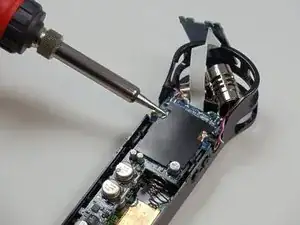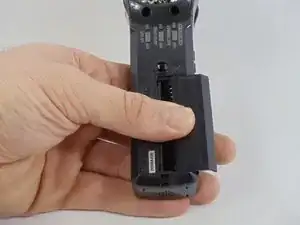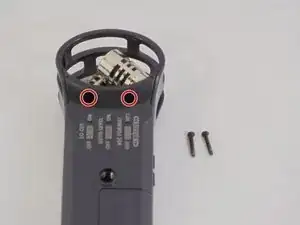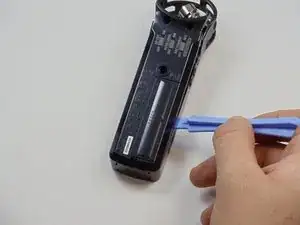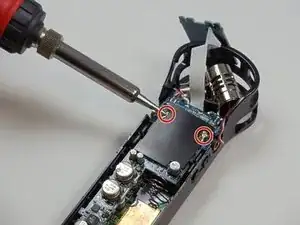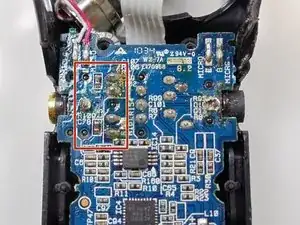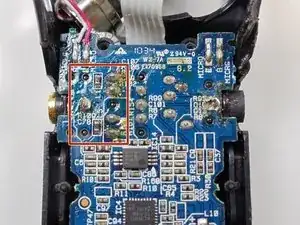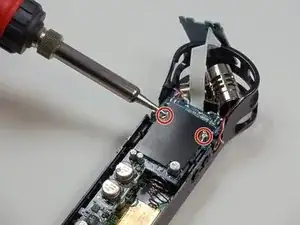Einleitung
If your Zoom H1 Handy Record is no longer able to work with an external microphone, use this guide to replace the line-in port. The line-in port allows for an external microphone to be used during the recording of audio.
Before using this guide make sure the plug and wire attached to the microphone are not damaged and there is no debris in the port. Doing a test with a known good microphone is recommended to verify the issue is with the line-in port
Steps 5-8 will require you to ++Desolder and Solder++the line-in port.
Werkzeuge
To reassemble your device, follow these instructions in reverse order.
3 Kommentare
Do you know what and where I can get the replacement part at all…?
There are actually three fixing screws which must be unscrewed before the back can be removed, the third one is under the serial number label.
To actually change the audio socket the top PCB with the sockets has to be removed from the unit, it has the microphones soldered to the top edge and the speaker soldered to the bottom with short, delicate wires, it can be pulled out to one side without de-soldering anything by pulling the right (looking from the back) microphone off it’s supporting lug.
The top board is connected to the bottom board by a miniature plug and socket attached to both boards which can just be pulled apart.
sdsl -
Hello. My zoom h1 had fallen to the carpet. And the usb dc 5v usb socket had started to move and it is not doing its job. It is not working when i want to use the electric cable. Is fixing possible myself or another person?
